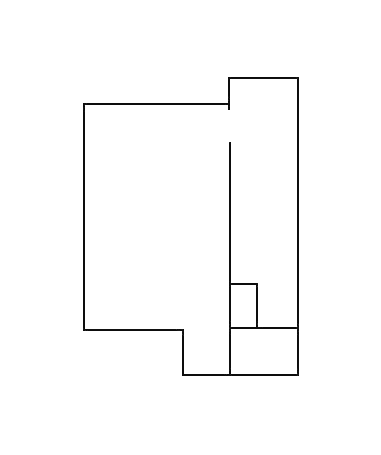Lindsey Apodaca | A Room of One’s Own
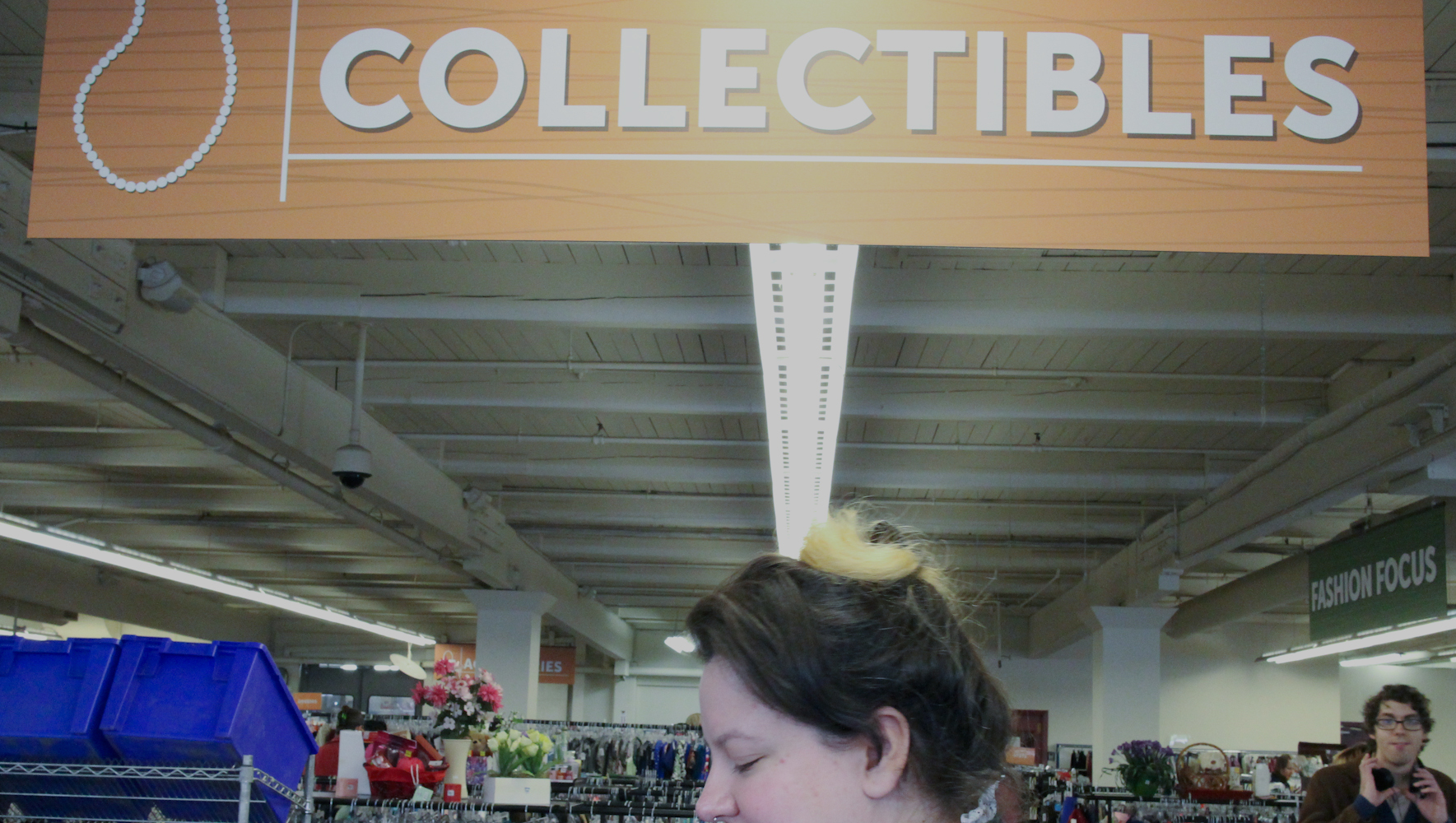
Interview by Amanda James Parker | Photographs by Sierra Stinson
If you came of age when I did, visiting Lindsey Apodaca’s studio is like reconnecting with the ephemera of one’s formative years. The things I’ve forgotten are here: Talkboys, sax playing California Raisin, the metallic turtle pencil box where I kept letters from my childhood BFF… I put my face into the tin holding her sticker collection and inhale deeply. The smell transports me.
These carefully curated objects are essential to Apodaca’s artistic practice. They are muse, medium, and message. At first glance it feels like pop art but further examination reveals that in actuality her work is heavily autobiographical. Her lexicon of symbols is at once relatable to a broad audience and a way for her to process life experience that is too personal to share. At present she’s an artist who is coming into her own emotionally and creatively. We sat down in her studio and talked about it.
Amanda James Parker: What is your favorite part of your workspace?
Lindsey Apodaca: My favorite part is always changing but right now it’s that I’m allowing myself to have one. I used to work on my bed and in my room or just wherever, because I couldn’t afford a separate space and I really like being at home and in my safe space. We just happen to have an extra bedroom and I decided that it was worth it to me to take it over as my studio. So I was able to bring out all my of my stuff and put it up so that I can look at it all at once which helps me make those connections. So my favorite thing is that I’ve valued myself and my art enough to give myself a room of my own to have my thoughts.
AJP: That’s legit. It’s like you’re a real artist now.
LA: (laughs) Yeah! I believe in myself and trust in valuing myself enough.
AJP: It’s a nice gift to give yourself and a commitment to your art. Art is something you’ll do because you’ve made the space for it.
LA: I will call myself an artist now. I never wanted to do that because I felt like it was bragging or thinking a lot of yourself or it was just not a big deal. I don’t like labels in general and then I realized being a person who doesn’t like labels is a label. So I became ok with it.
AJP: I think it’s a hard place for a lot of artists to get to.
LA: Yeah
AJP: It was hard for me to get to the place where I could be like “I am an artist.”
LA: It’s like as soon as you own it, it takes the scariness away and you realize it’s not actually that big a deal, you were all wrong and then you’re able to be ok with it. Like you’re stronger with it.
A: What inspires you?
LA: Lately… vulnerability. I like to identify with my doom and gloom aspects—like my depression and heartbreak—stuff like that. And coming out of that, I didn’t exactly know how to make art about being a little more balanced. Vulnerability and talking about love, and loving yourself and loving other people has been inspiring. Looking at how other people do that successfully where it’s not just like cheesy, but relatable. That’s inspiring.
AJP: What themes reoccur in your work?
LA: Nostalgia.
AJP: Are you a nostalgic person?
LA: Yeah.
AJP: Your art has a great deal of nostalgia. That’s what I like about it. Being in your studio makes me feel nostalgic in a good way. It has all the good parts.
LA: When you can use nostalgia in a good way it can be a really positive thing. Because that’s how we learn- all we know is what we’ve experienced. I think that it’s easier for me to dwell on things that are maybe not so positive about nostalgia in order to work through them- like things you’ve lost, or people you’ve lost, or ideas that you’re trying to understand. I think that I’ll always be doing that. As I get older the things that I’m nostalgic about are changing and I’m attracted to the same type of things. I have these certain collections that I think that I’ll be collecting throughout my whole life. Nostalgia is a word that’s not negative or positive; it’s kind of neutral. Depending on where I’m at- it colors how that is. I feel good every time I come in here. Looking at this stuff from my childhood is uplifting.
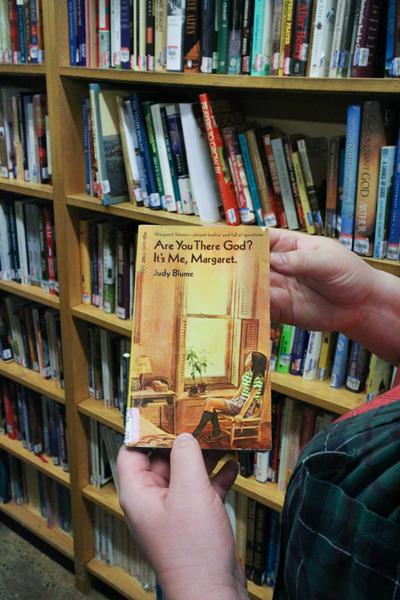
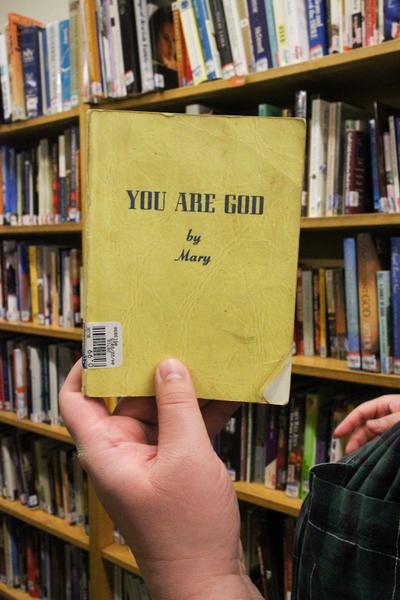
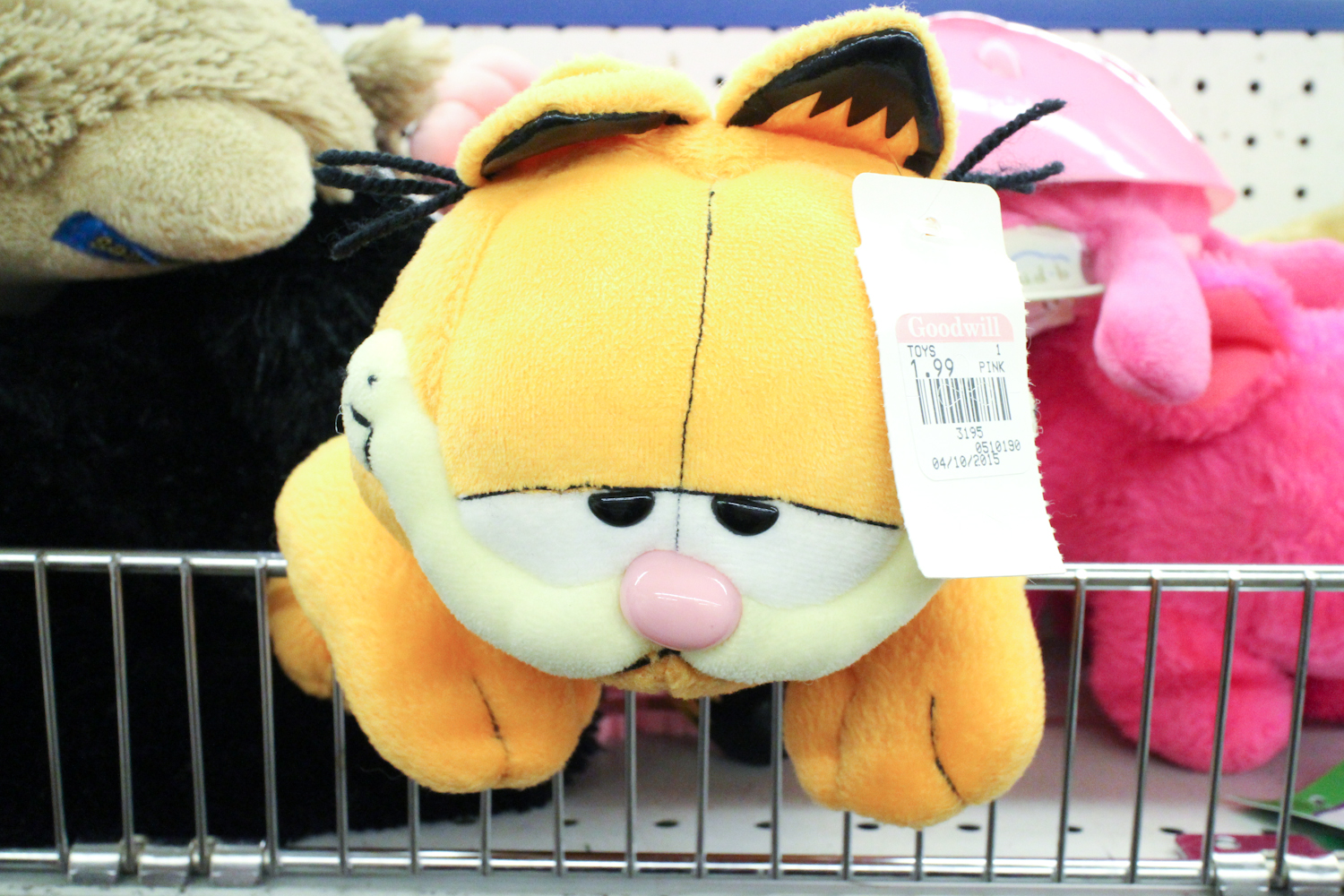
AJP: These characters that appear in you work, like Garfield, Minnie Mouse, Bart Simpson,
what do they mean? Are they playing themselves or are they representative of other ideas? What are their personalities?
LA: It’s like trying to get to know who you really are or who you really want to be. You have this input into your life from an early age, all the time seeing this character and it becomes an archetype that you could choose to become. No person is as simple as that and yet people do identify with those things or think that they are that type of person. So it’s a way to represent an archetype and also a way to represent either myself or another person. Or like a reflection of yourself- a way to project yourself onto it because that’s easy when they’re these simple characters. And it’s also easy to not take it too seriously. It being of the esthetic of not being super refined or anything like that—it’s like I’m not taking myself too seriously. Like I don’t know all the answers, or everything I want to say, or I don’t think I have the best voice to say it. All those things that I’m trying to get across—these characters are really good at representing that. Like a juvenile attempt at trying to say “I have feelings.”
AJP: In your opinion, what’s the best thing you’ve ever made?
LA: (laughing) Vegan ranch dressing for my vegan friends.
AJP: That’s no small feat.
LA: Yeah, it was really good. But I suppose you’re talking about art.
AJP: A good vegan ranch dressing could be art.
LA: I really liked the melting ice cream that I had at my first Vignettes show. It was just a white pedestal with huge—I don’t even remember how many things of strawberry ice cream it was but it was like 10—and I just piled them into a mound and let it melt throughout the night into a puddle on the floor. It was titled “Public Meltdown”.
AJP: Wow! I had seen photos of the piece online and I assumed it was made of resin or paint. That’s great that it was actually made of strawberry ice cream. It must have had a smell.
LA: It smelled so good!
AJP: Strawberry’s a good flavor.
LA: It was cool. Because it was Vignettes, people were eating it. Because it was a house, people weren’t afraid to touch it. I’m really into people eating food art that I make. So I really liked how the crowd interaction went, not just my part, but how it was received. That was successful. That’s why it’s cool to have these new spaces.
AJP: It becomes far more permeable, that boundary between viewer and maker can be more fluid.
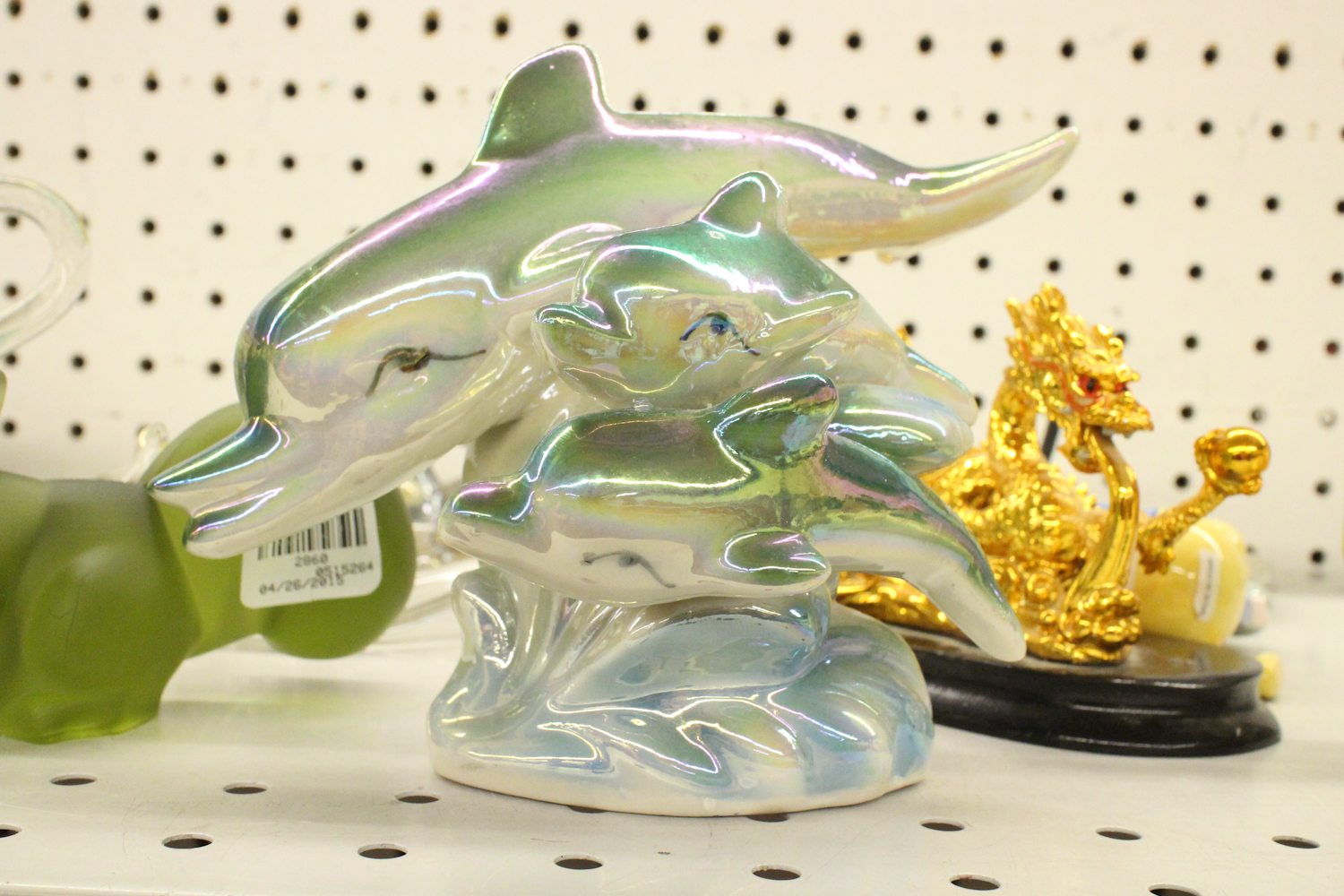
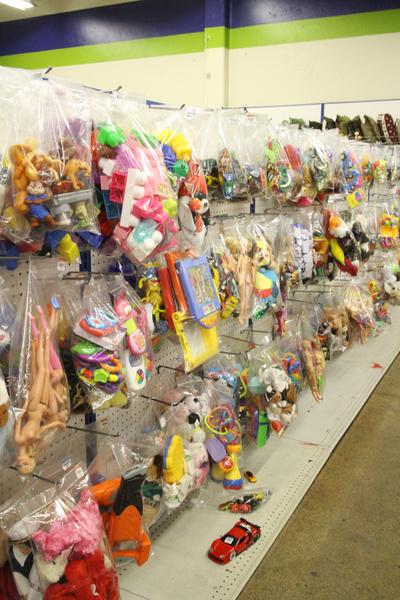
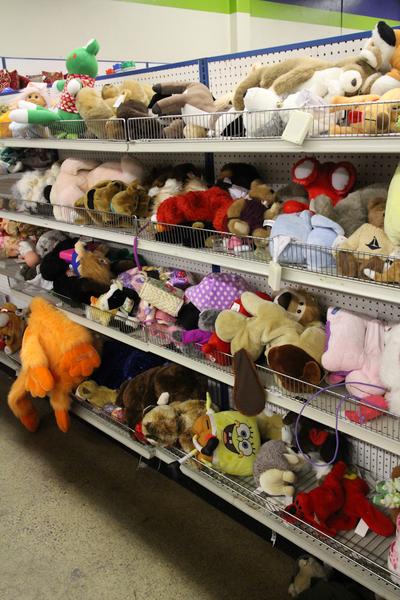
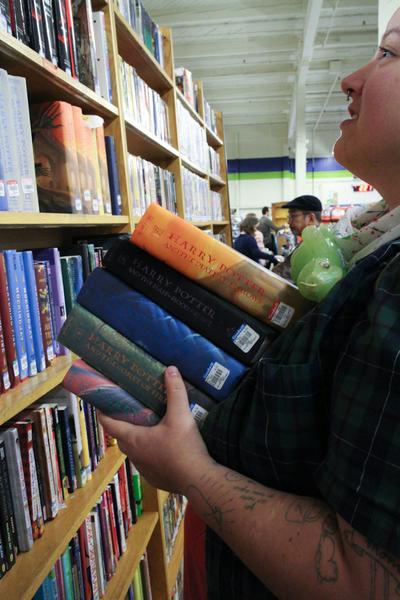
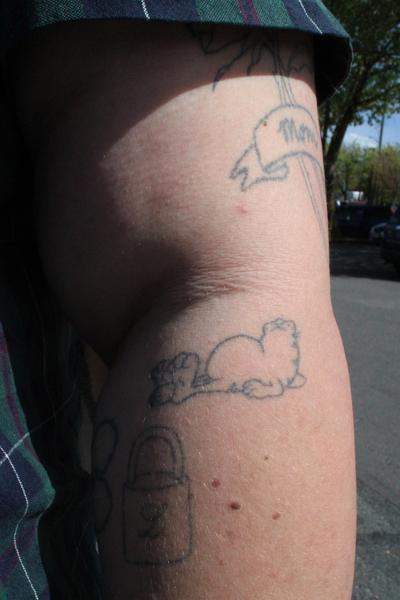
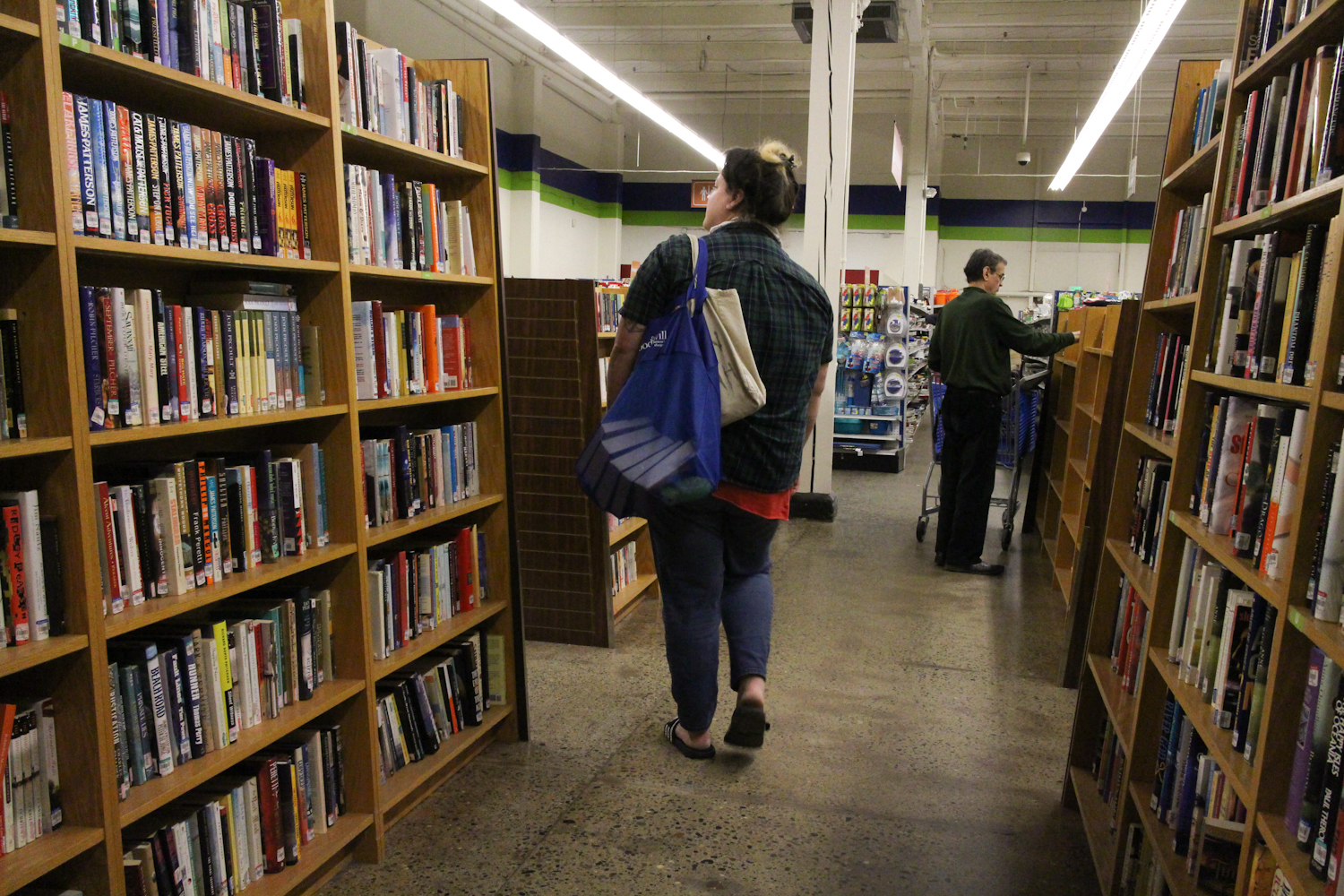
LA: When I went to Cornish, I made a piece in my freshman year. It was a white pedestal and I made a pyramid of peanut butter and jelly sandwiches. On each side of the pyramid there was a letter that I wrote to everyone at Cornish and it said, “Dear Everyone, Take advantage of everything you can. Everything that’s free. Use it up. It’s here for you. Stop at every water fountain and drink. Salt and pepper. Free silverware. Use the restrooms. (laughs) Just take everything you can.” Nobody took sandwiches! There were people stopping and reading the letter but they just walked on past the sandwiches. They didn’t get the connection to “this for you to take”. So I was really glad to be able to do another piece in another place that had people taking their hands putting them in ice cream and eating it. That was really cool. I felt like I was able to finally make peace with that idea and there wasn’t even a letter there.
AJP: That’s really sage advice for college students. I hope that current Cornish students reading this interview take that to heart.
(laughter)
LA: Yeah. I don’t know.
AJP: What does the future hold for you Lindsey?
LA: My art is going to get bigger in scale and… more impact.
AJP: Nice. I approve.
LA: (laughing) Thank you!
AJP: Go big with it! You’ve got a studio now.
LA: Since I’m not limiting myself anymore it’s only going to allow it to grow. I think that it’s really important to think bigger, to allow myself to know that it’s ok to take up more space. Not just in terms of where I make my art but also my art itself can be bigger. I’ve been getting into drawing more instead of sculpture because I don’t have the money yet to have objects that big. I drew this Mustang because I don’t have the money to buy a car and alter it so I have to draw it. But if I had the money to do that it would be an amazing art piece! It would be an amazing show but maybe that’s not the best use of money these days. I have to make sure my vision is going to be beneficial, have a good impact and a good message.
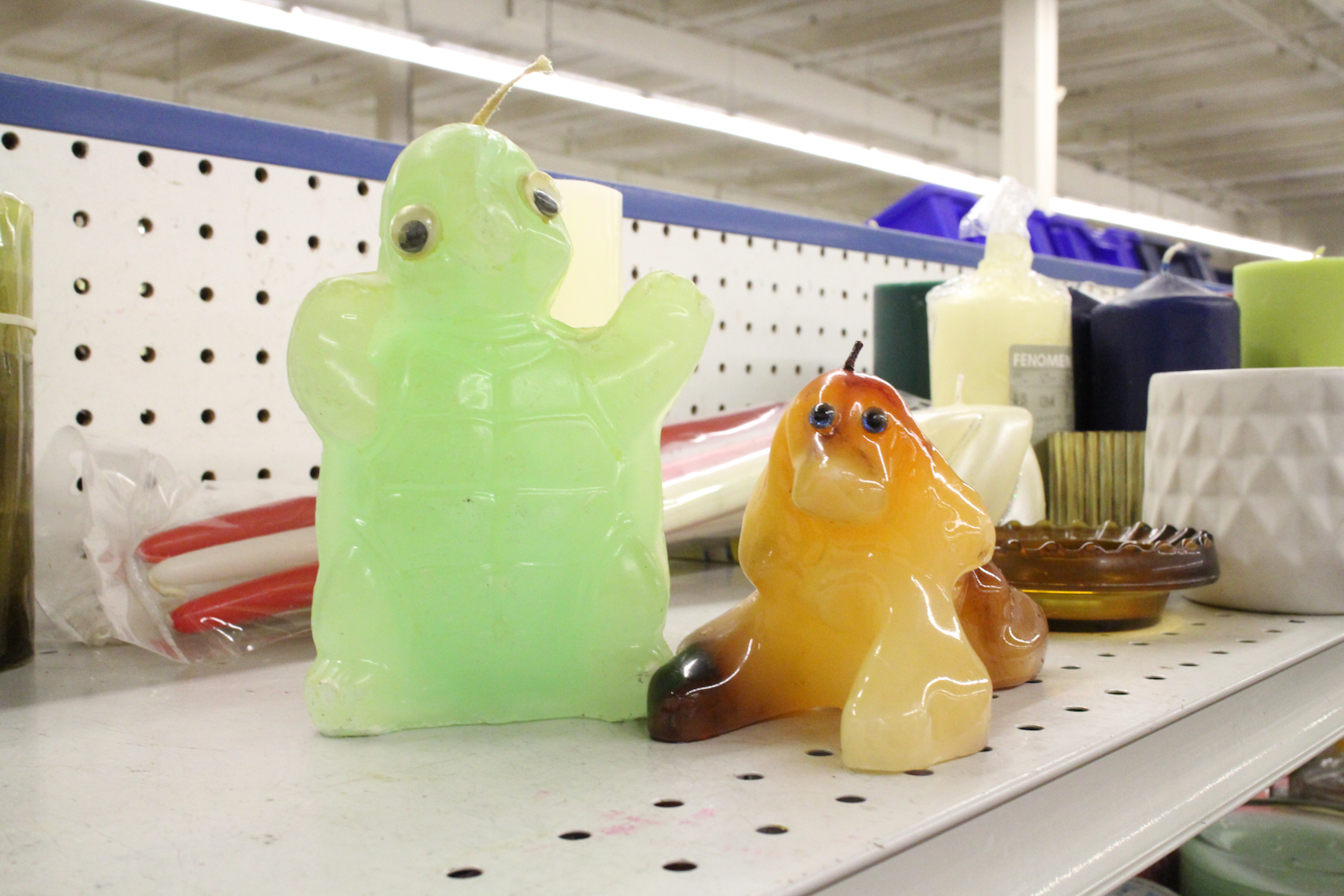
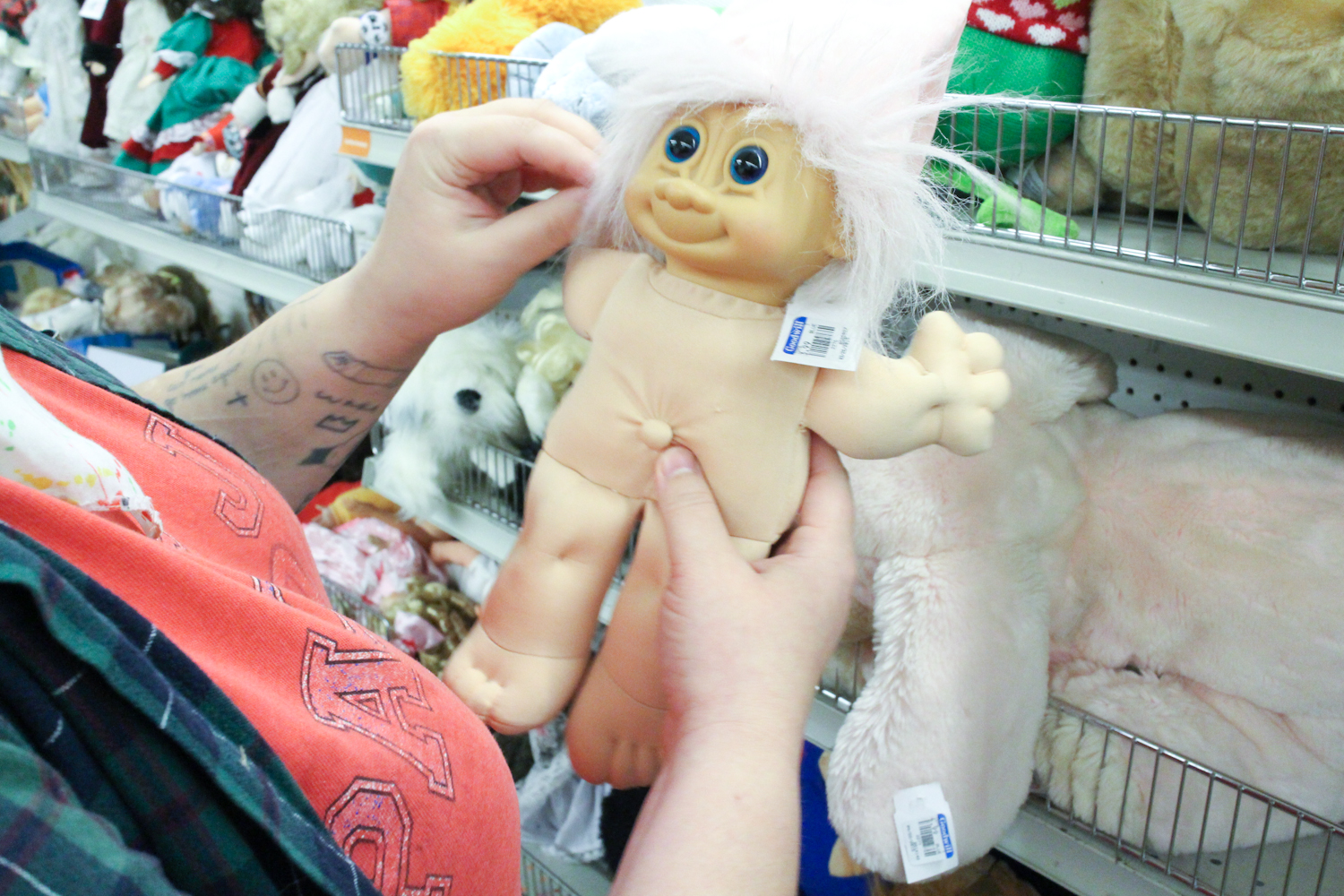
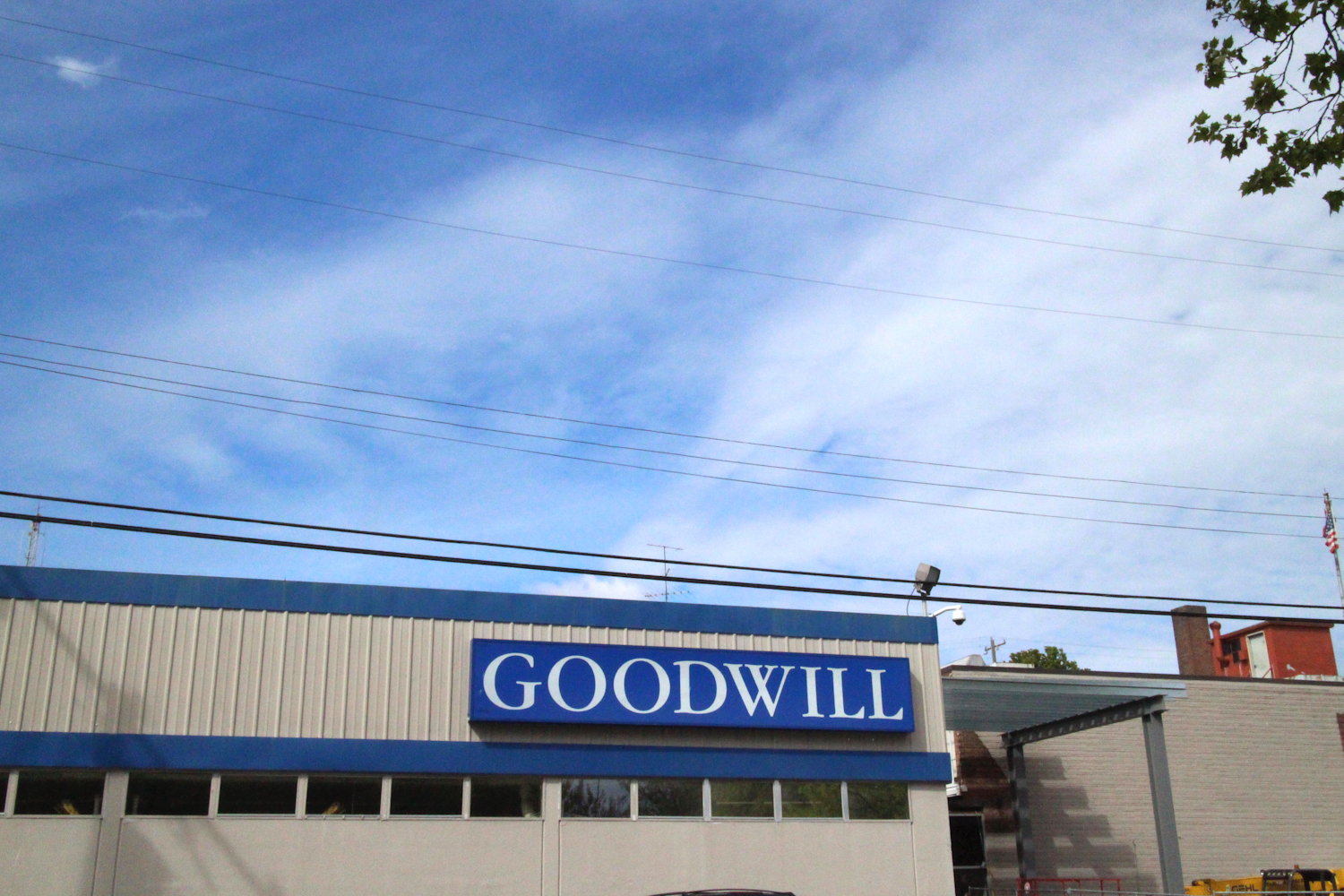
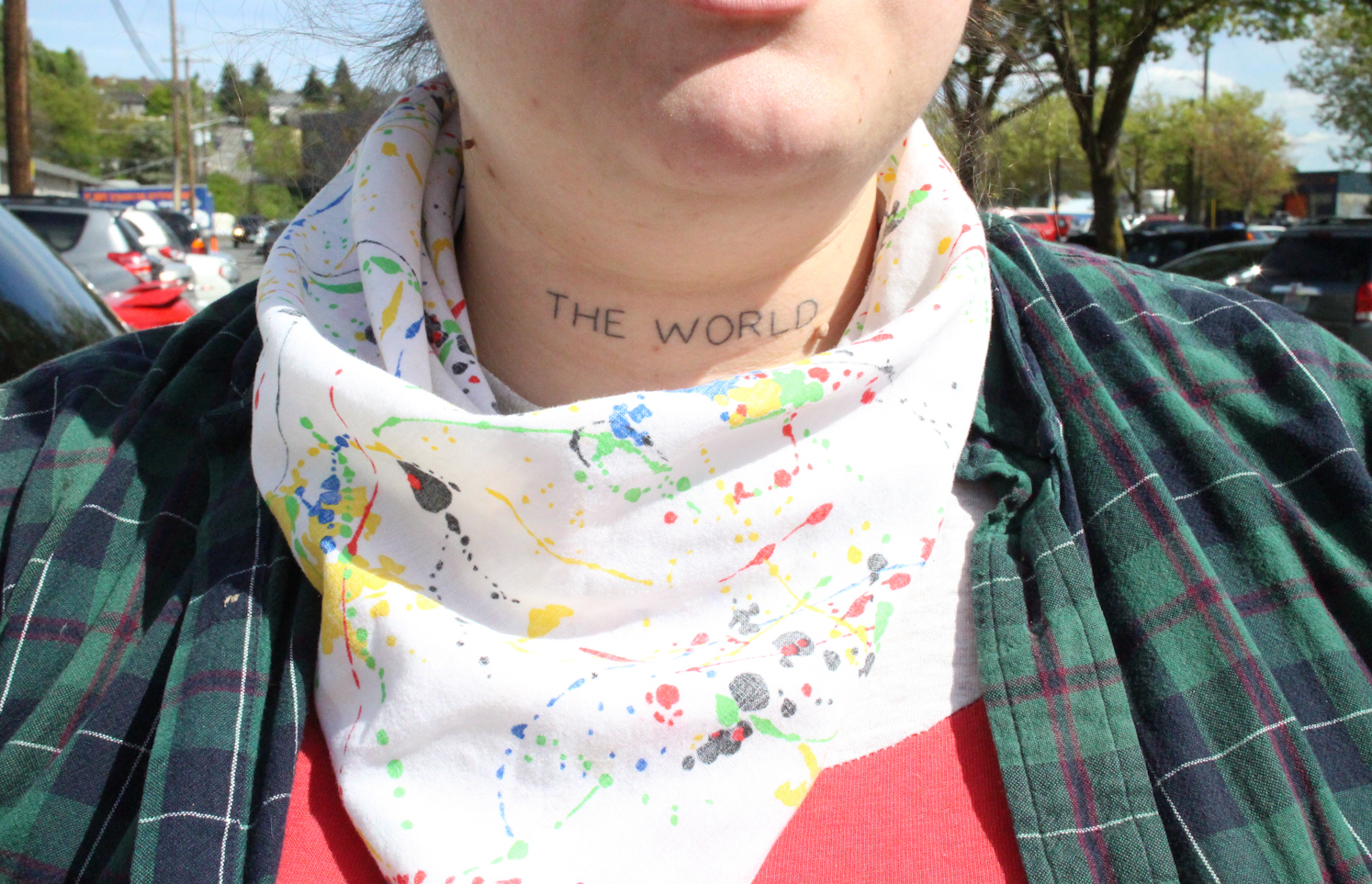
Back to In the Studio
